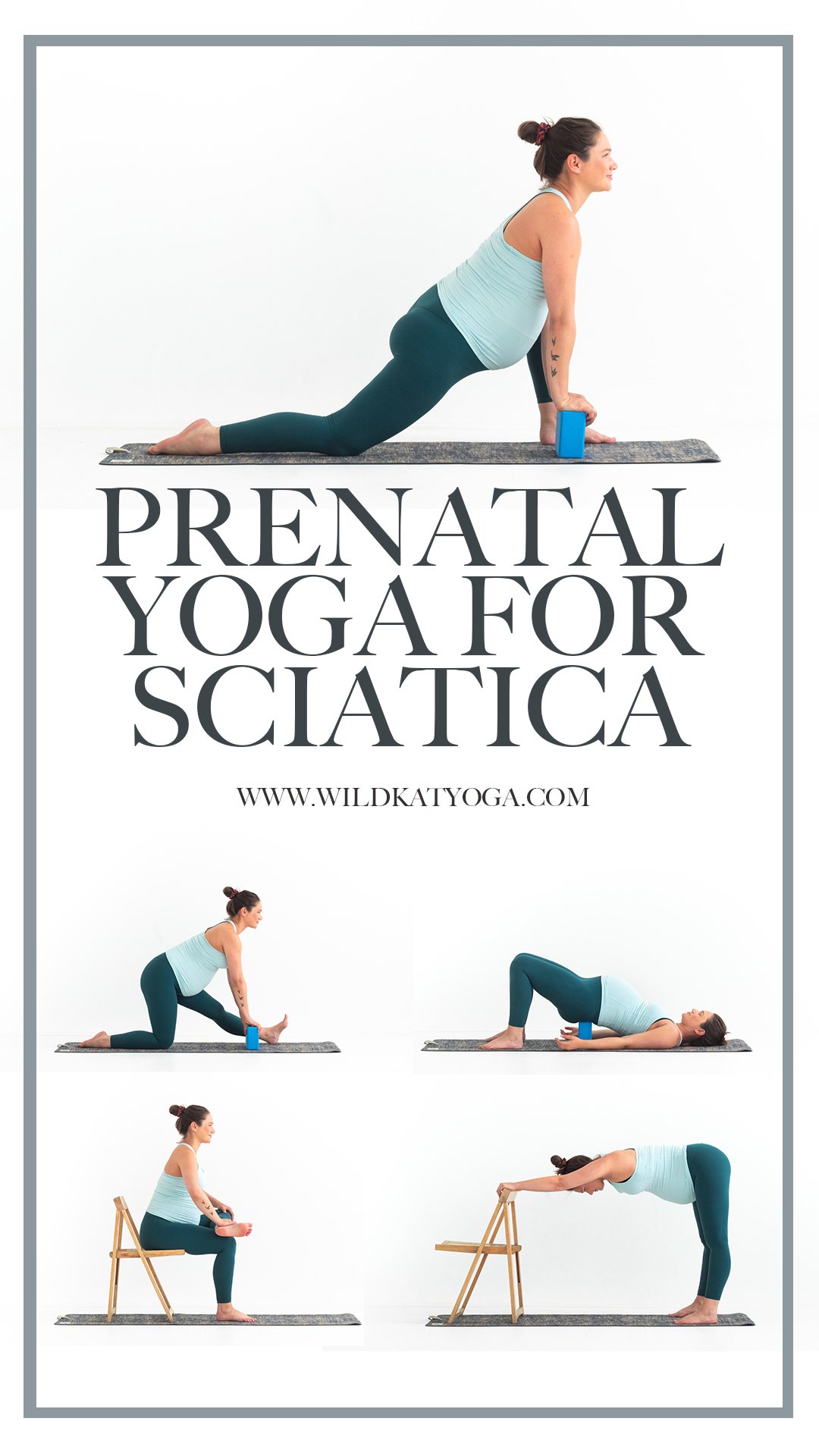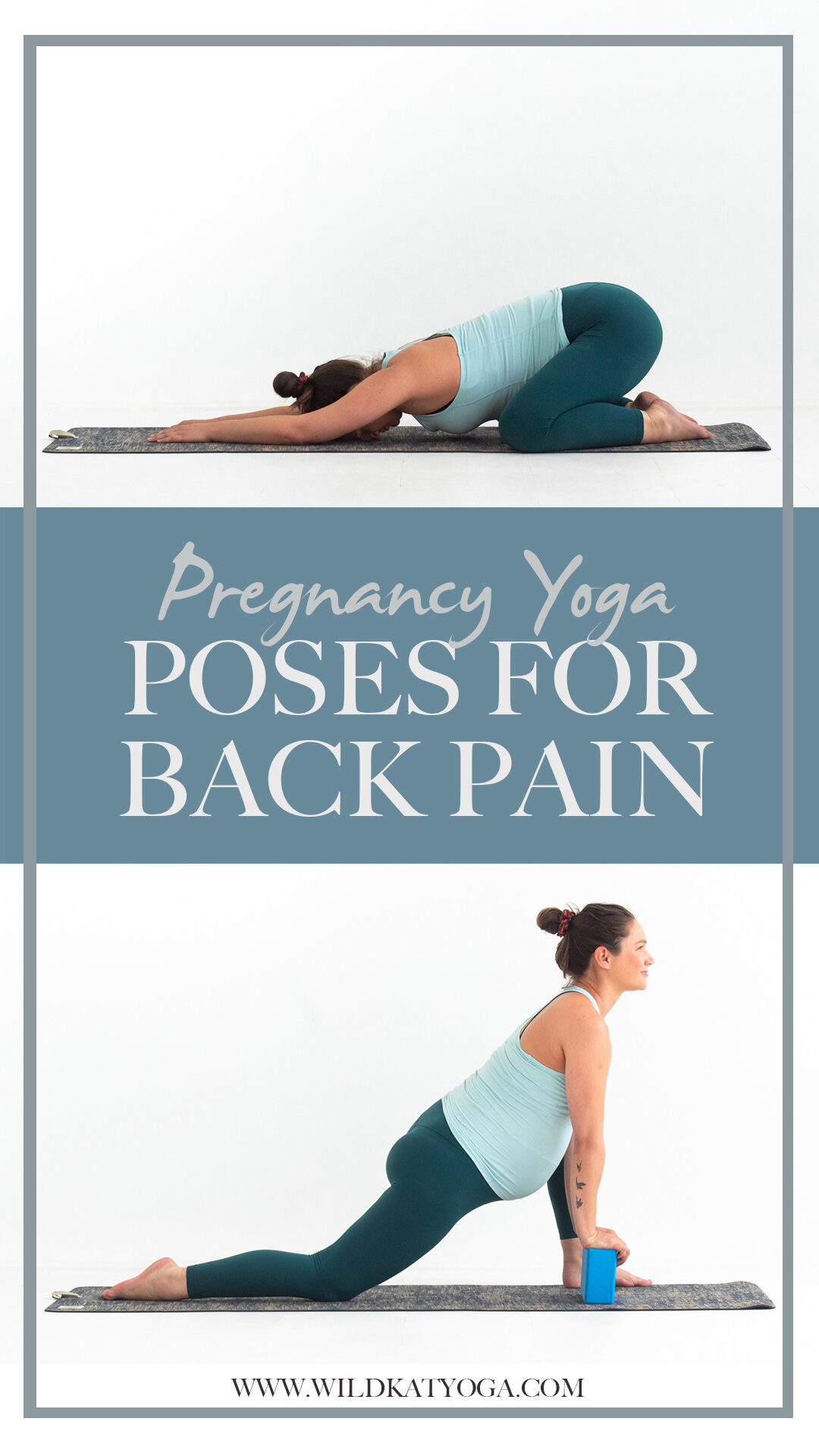Pregnancy Yoga Basics: The Breath
As your body begins to change and your priorities begin to shift it’s natural that your yoga practice will start to change too. And it’s something glorious; it’s an opportunity for you to lean into learning. It‘s in the spirit of learning that I want to dive into the basics of understanding the role of the breath, specifically in pregnancy and yoga, both on and off the mat.
This blog post contains affiliate links, which means that if you make a purchase through some of the links I provide I can earn a small commission at no cost to you. Thanks for your support!
The Breath is the Boss
This is a phrase I heard from Meghan Currie a few years ago that, even though it’s so simple, transformed the way I practice. I make a point of telling students that if you can’t breath in a pose, you’re not doing it right and this can be said for everything. During pregnancy, your breath is the most powerful tool you have in your bag of tricks. How we regulate our breath has a direct and immediate impact on our heart rate, nervous system, gut and state of mind. Difficulty breathing is a common complaint in the 3rd trimester, sometimes even in the 2nd trimester, and during pregnancy yoga you’ll learn a few different techniques to help you breath better. Today I want to talk about diaphragmatic breathing, which is essentially breathing fully and deeply. It sounds like a really simple concept, but you’ll be surprised to find how much effort it actually takes.
Why is the breath important during pregnancy?
On a basic level, diaphragmatic breathing (full and deep breaths) stretches your intercostal muscles (the little muscles between your ribs); creating more space in your ribs and allowing you to make more space in your body for yourself and for your baby. As he or she grows, you’re both going to need as much room as you can get!
These kinds of full, deep breaths stimulate the para-sympathetic nervous system (PNS), or our “rest-and-digest response” which fights feelings of anxiety and stress. That’s why, when you’re stressed out at work, all the blogs tell you to step outside and take three deep breaths. Activating the PNS using deep breathing slows your heart rate, and then you’re SO much less likely to yell at Karen in the copy room (side note: maybe she deserves it but yelling at Karen often does you more harm than her any good, think about it). So, if you’re pregnant and being kept up at night by worries about the health of your child, fear of birth and anxiety about what the future holds, you are not alone. This is VERY common in pregnancy and mastering deep breathing is key to helping you overcome feeling overwhelmed by it all.
The “digest” part of the PNS response refers to actual digestion. IBS type symptoms are another common complaint during pregnancy, and whilst it could be a number of things these issues are certainly not helped by living in a constant state of stress. Deep breathing relaxes our brain (so we don’t attack Karen) and it relaxes the body; the PNS is directly liked to the digestive system, so activating it encourages faster and more efficient digestion.
Diaphragmatic breathing strengthens the diaphragm which is a primary muscle of your core. As your pregnancy progresses and your spine moves into lordosis (that deep bend) a lot of women complain about lower back and hip pain. And this is where our deep core muscles, which largely compose of the diaphragm, step up. It’s not unusual for a few minutes of deep breathing to immediately alleviate lower back pain as contracting your diaphragm allows baby to move up, which takes pressure off of your spine and allows for fluid to move more freely through the spinal discs.
Sounds good, right? So, let’s practice diaphragmatic breathing together.
Start by sitting in a comfortable position, placing one hand on your belly and one hand on the top part of your chest just underneath your clavicle. Close your eyes or lower your gaze to a single point and notice the quality of your breath. Try to notice it just as it is without changing it. It’s important to recognise and acknowledge how we’re feeling before we make any adjustments.
When you’re ready, you’ll start to elongate your breath, matching the length of your inhale to the length of your exhale. You might notice that as you inhale your shoulders start to rise and you can find a little more length in your spine, and as you exhale you feel a little heavier in your bones and more grounded. So take a few deep, full breaths just like that. You want to breath deeply into your belly so you can feel your bottom hand lifting and all the way up into the top of your chest so your ribs expand and the hand on top of your chest lifts. And when you breath out, do so evenly and fully, pushing out as much air as you can so you feel your bottom hand sink towards your spine and your top hand drop.
Do this as many times as you’re comfortable with, taking care not to hold the breath at any point. It should move fluidly.
Before you open your eyes slowly take a second to check back in with your natural breath and how you’re feeling after this exercise. I hope you’re feeling more relaxed, and breathing a little bit easier.
Bump & Flow: Prenatal Yoga Online
You can practice yoga throughout your pregnancy for as long as you’re comfortable online and on demand with my Bump & Flow Prenatal Yoga Membership. Over 6 hours of pregnancy yoga videos, educational content, a structured pregnancy yoga program, special offers and post natal videos for just £15/month.
ORGANIC SKINCARE SUITABLE FOR PREGNANCY
Being pregnant and knowing what’s good for you and what isn’t can seem like a bit of a mine field! But I’m really pleased to be able to recommend Green People UK who’s products are all natural, extremely high quality and pregnancy safe. I think you’re going to love them!
Use my code KAT15 for 20% off all your Green People purchases, now and always!











My top ten ways to beat pregnancy insomnia so you can get a better night’s sleep